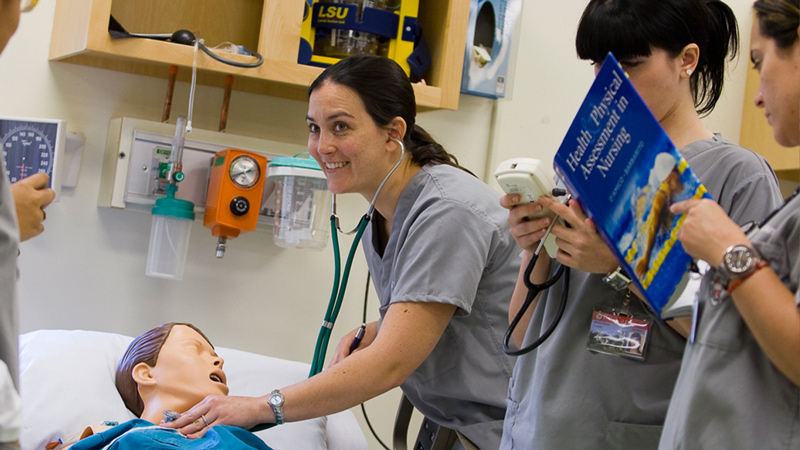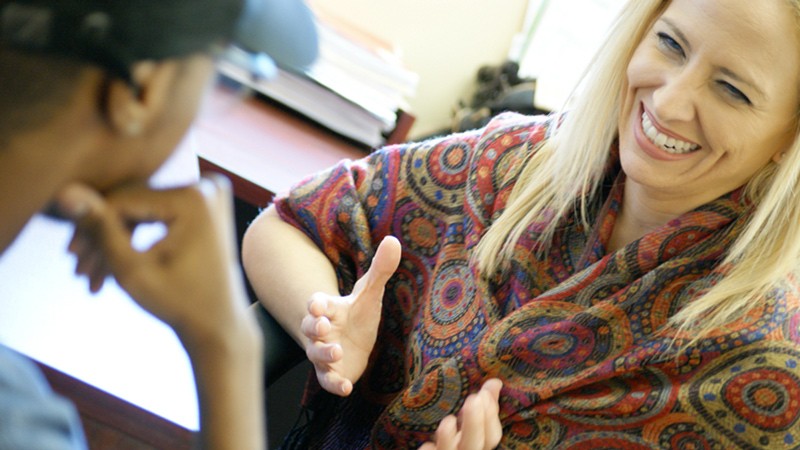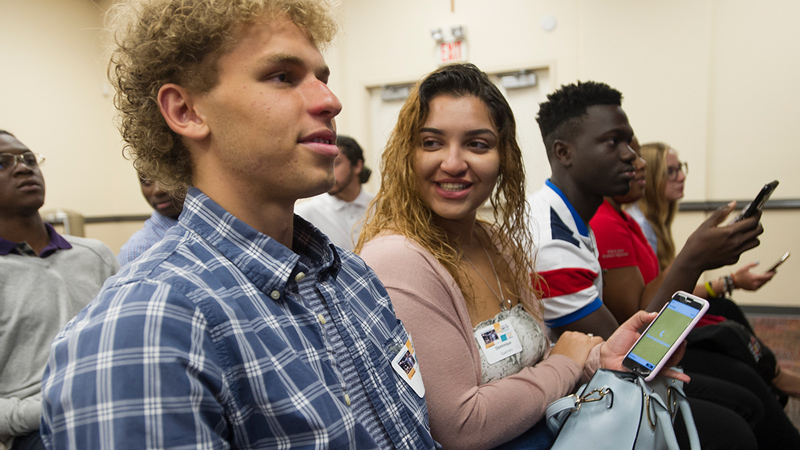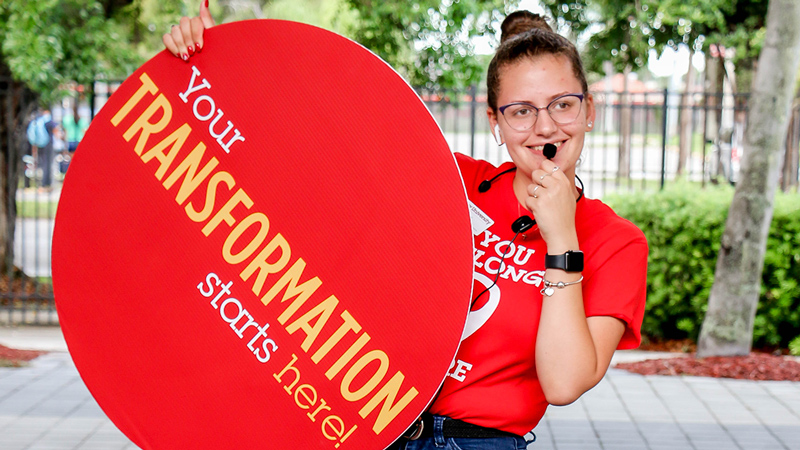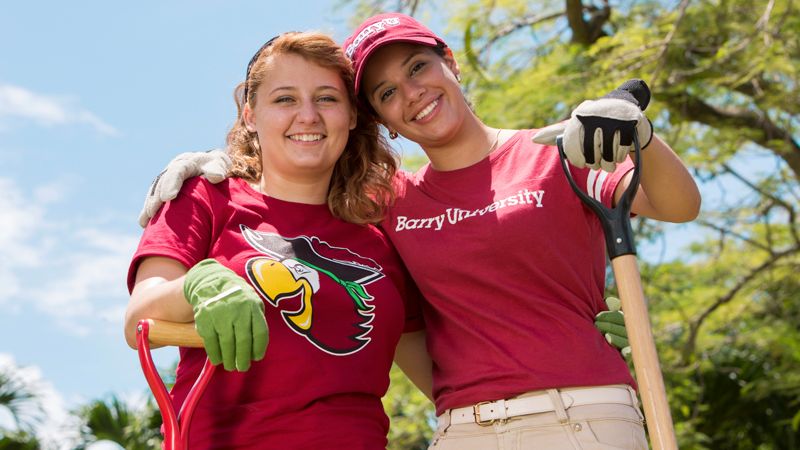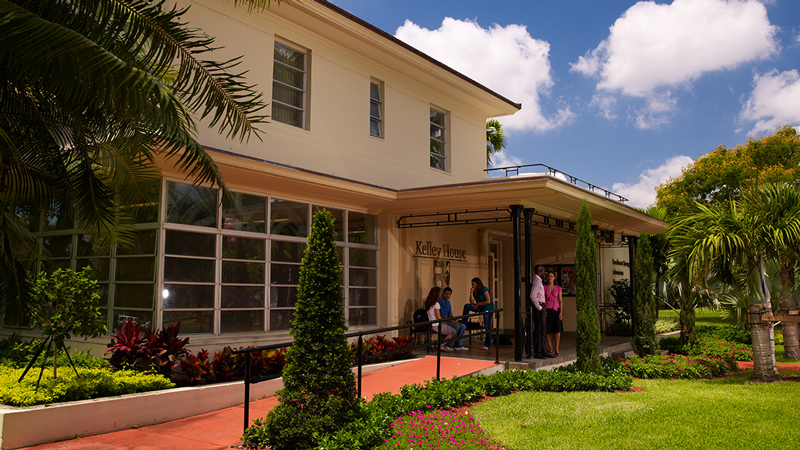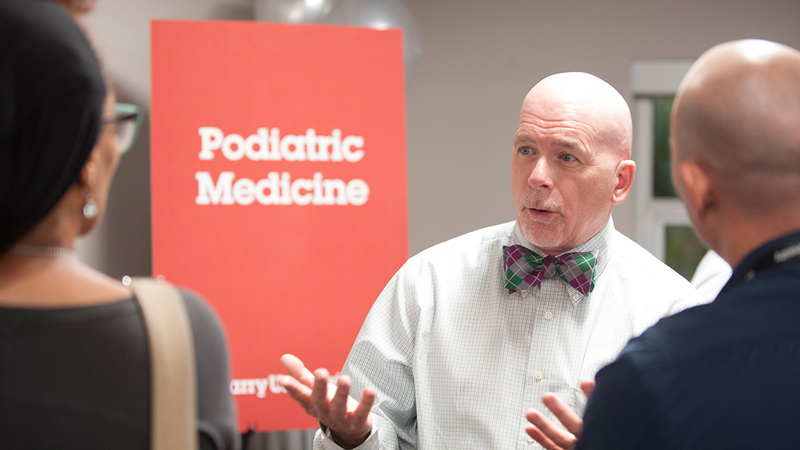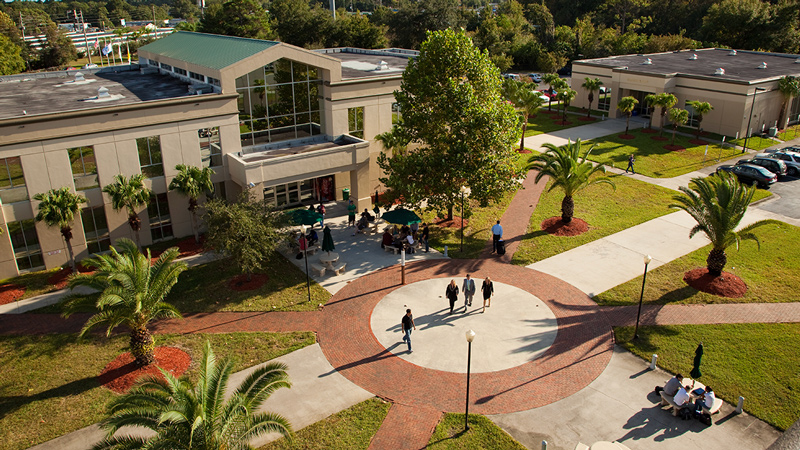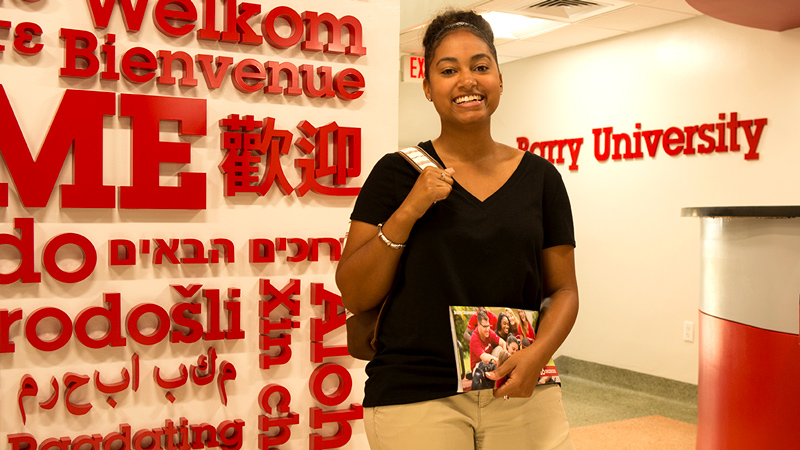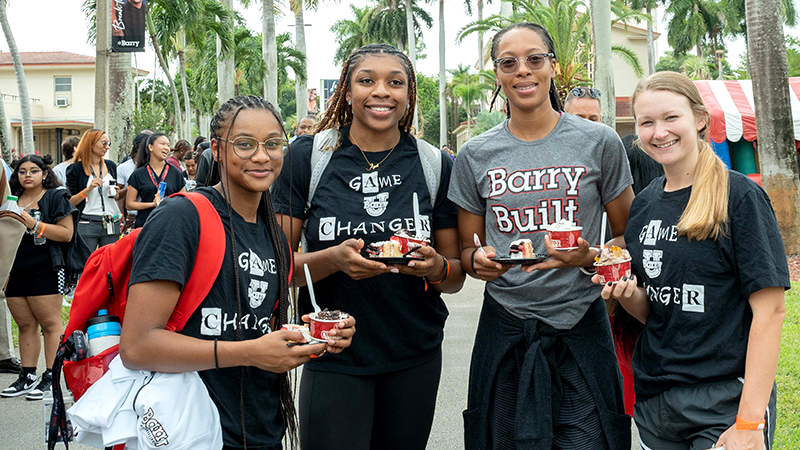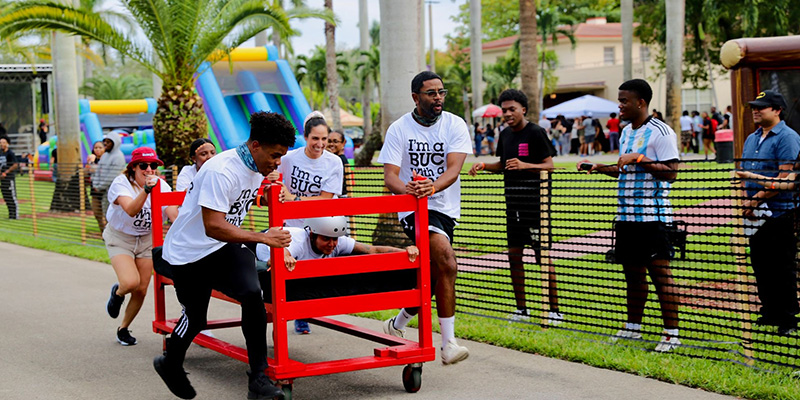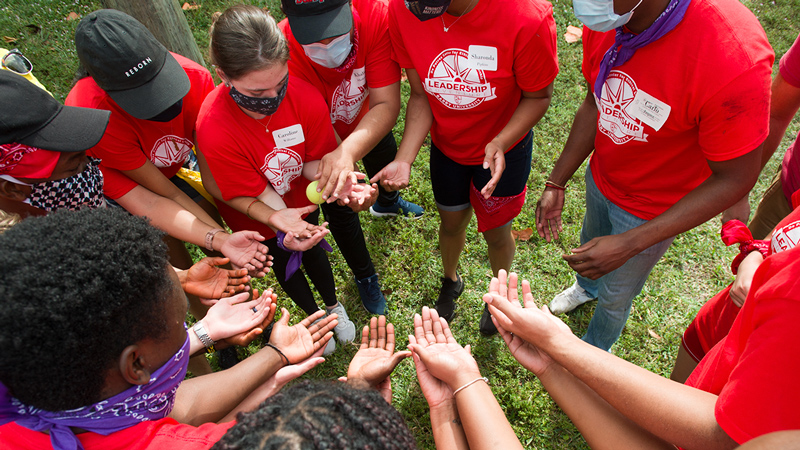The journey that led 27-year-old Raymond Hall to histotechnology started in his hometown of Jackson, Mississippi. As a little kid, he became nerdily obsessed with learning about dinosaurs after watching Jurassic Park, which remains his favorite film. He didn’t know what he wanted to do for work when he grew up, but he knew he liked the sciences.
Hall attended Murray State University in Kentucky, a town, he says, placed in the middle of a cornfield. But when it came time to head to graduate school he took a very different route. When he stumbled upon Barry University, he says, “My first thought was, if I’m going to grad school and pay all that money, might was well go where the weather is nice.”
He liked the sound of the histotechnology program, and after applying and interviewing, he headed south to tropical Miami Shores to pursue his master’s of science in clinical biology with a specialization in histotechnology.
“Going through a master’s program was incredibly beneficial for my career,” he says. But getting his master’s wasn’t all easy. “In undergrad, I didn’t have to focus on time management. I would just show up to class and go home. In grad school, I had to work full time while going to school full time. I had to manage my time and really grow up and figure out the first step of my life.”
He was hired at the Memphis, Tennessee, location of the international veterinary diagnostic lab, Idexx Laboratories, before he graduated in August 2017.
“Jumping right into the workforce, I could tell that the education I got already was going to propel me higher than a lot of my peers,” he says. Many in the field don’t have a formal histology education or they have a certificate and not a degree. His education helped him move up quickly in the ranks at work from bench technician to a leadership role as a certified laboratory Instructor. In this position, he provides employee training and quality control for his lab and works with a national team that standardizes lab practices for all of the company’s North American labs.
Hall shared a rundown of his typical day, both as a technician and as a supervisor in the histotechnology field.
6:15 a: Each morning, Hill wakes up to the ringing of his phone alarm. He gets up, feeds his dog, and lets her out. Then he showers and makes himself lunch as she plays with toys on the floor. Next, he’s on his way to work with a
40-minute commute into Memphis from the suburbs.
8:00 a: Hall greets his coworkers each morning and walks around the lab to get a feel for how the day will unfold. He’s looking to see, he says, “whether we’re in a really good spot or we’ve had a string of callouts and we’re going to have a really busy day.” Then he spends from 20 minutes to an hour checking his emails from colleagues around the world.
10:00 a: After the administrative aspects of the morning are complete, he again walks around lab to determine where he needs to be that day, “whether that means I need to be on the bench or directing personnel where to go,” he says. Along with lead techs and supervisors, he will move staff on the line around based on their strengths to optimize their overall performance. They have a lot of new hires and open positions, so Hill spends much of his time training, offering tips and tricks to incoming techs.
In his old role on the bench, Hall would check in with his supervisor to see where he was most needed, at the dissection bench, in micronomy, embedding, or quality control. Then he’d go straight in and, he says, “knock the work out.” At Idexx, they work in small batches but with a constant workflow. There is a lot of tissue to process and something always is in motion. They work on tiny tissue samples, whole organ biopsies, and even necropsies on dead animal parts. At the end of each run, which lasts one and a half hours, someone needs to be ready to receive cassettes off the processor, embed them right away, and hand them off to the micronomist to cut. He says it’s the same work being done at labs that work with human tissue, except, “the hair’s usually a little thicker.”
11:30 a: While some take an hour lunch, Hall quickly eats his sandwich, chips, and Reeses cup in 30 minutes then heads back to work.
12:00 p: At noon, there’s a shift change at the lab. For that, he meets with the incoming lead technicians and supervisors to give them a rundown of how the morning went and where they are most needed.
1:00 p: In the afternoon, he reviews and prioritizes a pending list of cases that must be completed that day. Hall spends the afternoon handing them off to techs and ensuring they are completed.
2:00 p: Hall then meets with his lab manager or has a call with the team of those working in his same position across North America. They have a short meeting on how the day and week are going and how to better standardize processes in all labs. Traveling to implement standardization of systems at Idexx’s labs internationally is also an important part of his job.
4:00 p: Before he leaves work, he finds out if anyone needs help on the floor and then heads home in rush hour traffic.
5:15 p: Finally home, Hall plays with his dog and hangs with his fiance. “Usually, my wonderful fiance will have dinner ready or we’ll cook together or eat out,” he says. She’s a nurse who might work a night shift.
10:00 p: Hall is in bed, ready to get some rest by 10 p.m. Maybe not a typical day for most, but for Hall, it’s a satisfying one that gives him great purpose.
